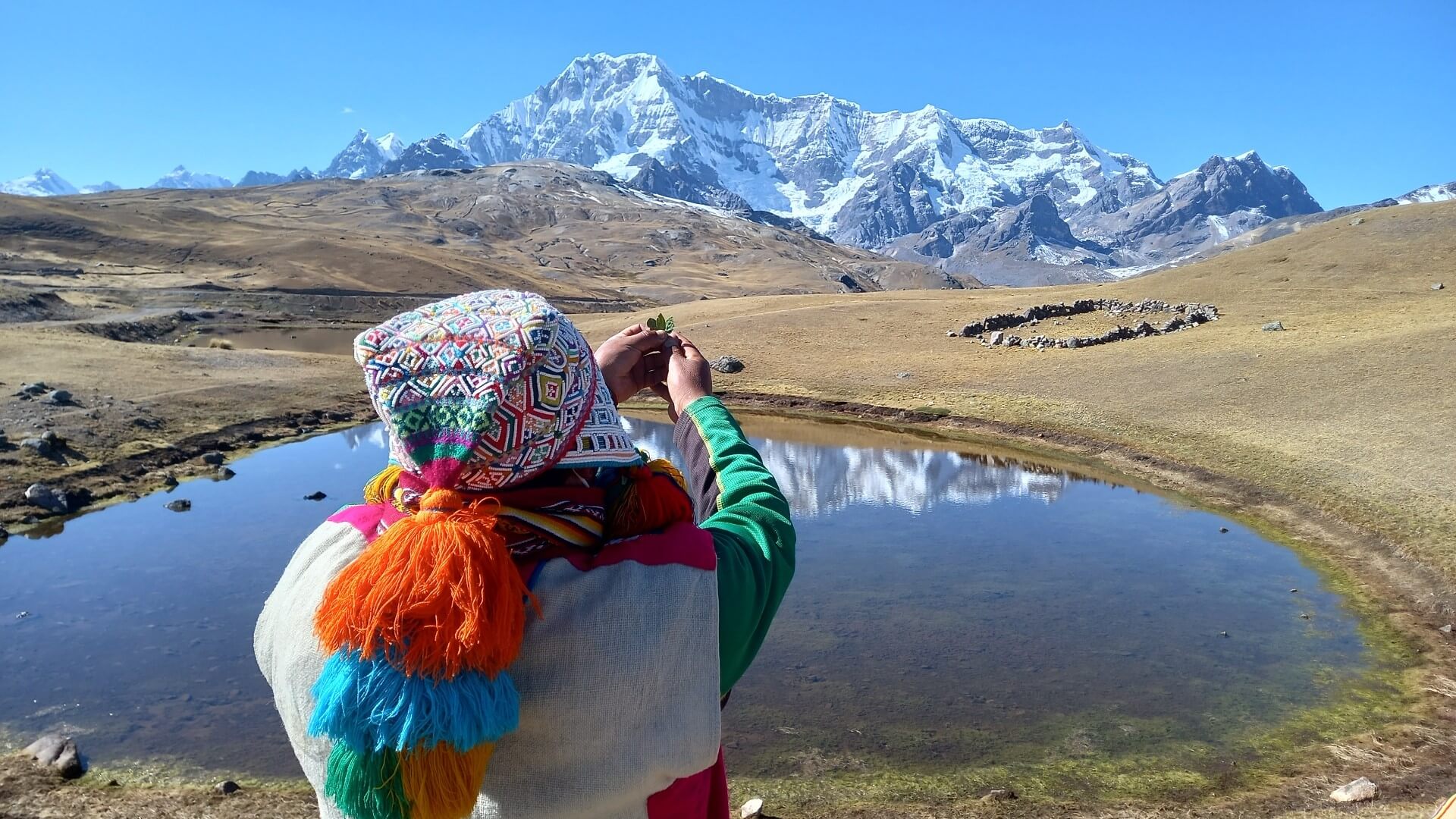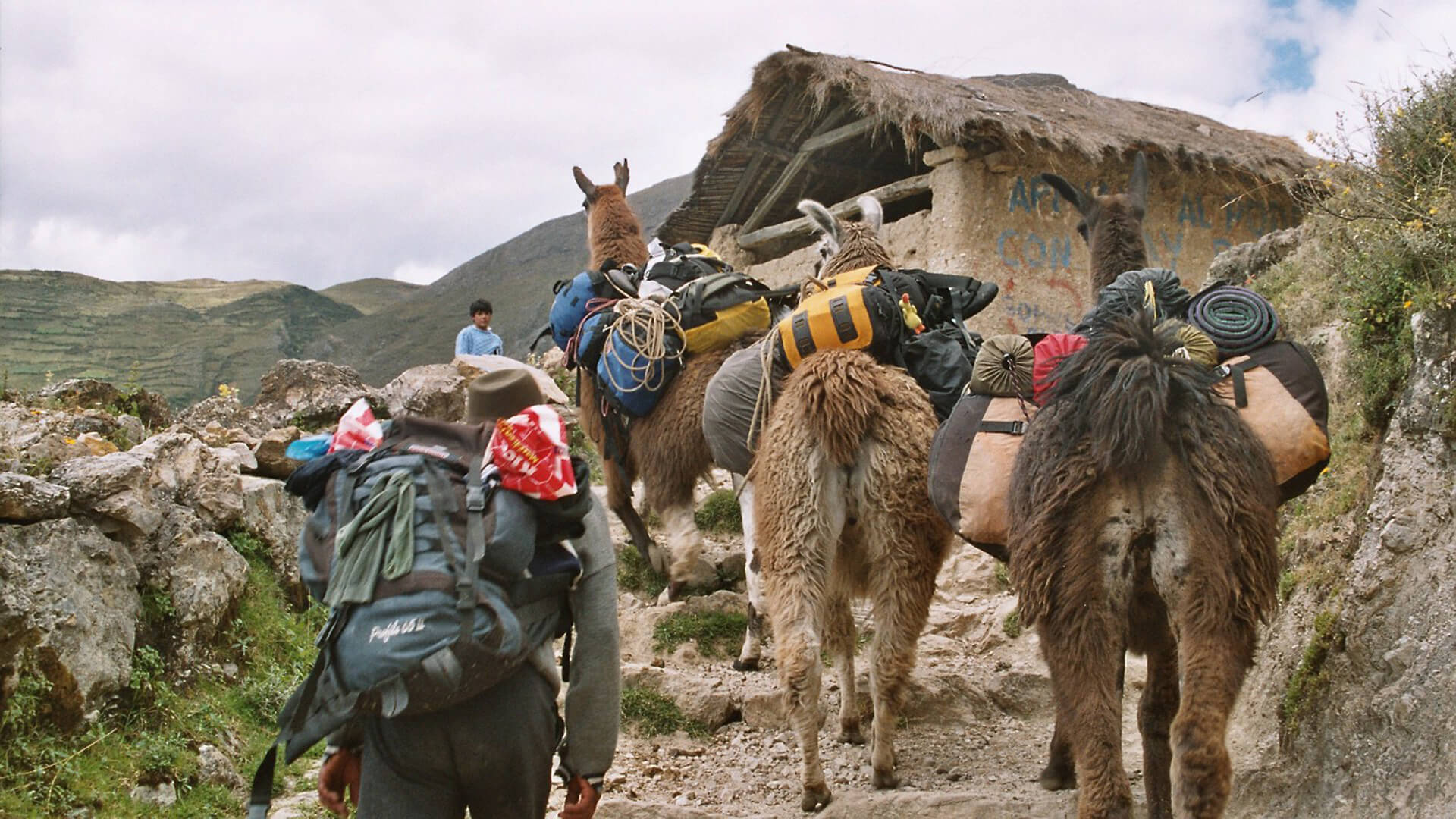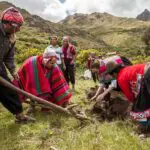Planning a trip to a faraway destination is exciting, but ensuring that your journey is responsible and sustainable can soon become daunting. Just as you might rely on blogs to find better products at your local supermarket, Impactful Travel is here to make the process of choosing the right trip easier for you.
We understand that more and more travel companies are touting their sustainability, using words like immersion, authenticity, and life-changing experiences. But how serious are they really? Are these claims genuine, or just commercial fluff? If you want to ensure that your trip is truly what it promises to be, how do you go about investigating and checking your best options?
At Impactful Travel, we specialize in creating custom trips in Latin America with a focus on sustainability and unique experiences. In this guide, we will walk you through how to recognize fulfilling and responsible trips from those that may be less well-organized or not as sustainable. By the end of this article, you’ll be equipped with the knowledge to make informed decisions that support both the environment and the communities you visit.
Download our printable sustainable travel guide.
Key Factors to Identify Responsible Trips in Latin America

Genuine Encounters with Local Populations
A truly responsible trip includes genuine interactions with local communities. Look for travel experiences based on services provided by democratic grassroots organizations that benefit the entire community; like Coporaque in the Colca Canyon of Peru. Check how much time you spend with local families and who takes the lead in the experience—whether it’s the tour guide from the big city, or the family itself. Ensure that your itinerary includes at least one meal with the local family, rather than just an activity followed by dining in a restaurant or from a lunchbox.
Responsible travel experiences flow in two directions. So, while you learn about the locals’ culture and traditions, you can also share your own. Learning about the wider world and taking pride in where we come from with an open mind is crucial for locals and visitors alike.

Preference for Homestays Over Large Hotels
Whenever possible, choose homestays over large hotels, especially international chains. For instance, in Peru, our itineraries of around 18 days typically include 15% of all overnight stays in homestays. These homestays offer comfort levels comparable to standard hotels while providing a richer experience for travelers and a direct positive impact on the local economy. This is why we’re so passionate about community tourism!
Supporting Local, Small-Scale Hotels
When hotels are included, they should be local, small-scale establishments with tangible initiatives to support the local economy. Examples include the Niños Hotels in Cusco, Peru, or Inti Sisa in Guamote, Ecuador. These hotels often invest back into their communities, making your stay even more impactful.
Avoiding Irresponsible and Overcrowded Destinations
A responsible operator shouldn’t hesitate to avoid promoting certain popular destinations if they aren’t sustainable or ethical. Look out for messages where operators advise against visiting specific places, as this demonstrates their commitment to responsibility over profit. For instance, we’ve written an entire blog about irresponsible destinations in Peru.
Recent problems with overcrowded tourism destinations include putting a strain on local resources, environmental degradation, and disruption of local life. These issues can lead to higher living costs for locals, damage to natural habitats, and a decline in the quality of life.

Proper Acclimatization in High-Altitude Destinations
In high-altitude destinations like Ecuador and Peru, many itineraries fail to include sufficient time for acclimatization, which can ruin a traveler’s experience. It’s the operator’s responsibility to mention the importance of acclimatization in the itinerary and provide honest recommendations to ensure a safe and enjoyable trip.
Balanced and Thoughtful Itineraries
Many itineraries are overly rushed, trying to check off as many boxes as possible. However, an expert trip designer like René in Ecuador will recommend a well-paced itinerary, allowing you to visit each place thoroughly and logically. It’s better to explore fewer places well than to rush through an entire country poorly.
This is the idea behind the “slow travel” concept. In short, less is more, and quality is more important than quantity. Key aspects of slow travel itineraries include:
- Making more time to rest and relax
- Staying longer in each place you visit
- Taking the time to get to know your surroundings
- Getting off the beaten path and away from the crowds
- Embracing living like a local
How you manage this depends on the time you have available. If you have a tight schedule, spending four or five days and three or four nights in a destination is ideal. But if you have more time, consider immersing yourself in an experience that lasts anywhere from 20 to 25 days, like our Highlights Trip Through Peru or the Exploring Northern Peru’s Spectacular Wonders itinerary.

Logical and Eco-Friendly Routes
A well-planned route follows a logical order, reducing energy expenditure and CO2 emissions. This approach also supports off-the-beaten-path destinations, spreading tourism income more evenly. Always check the map of an itinerary, or create the route on Google Maps if none is provided.
For example, when it comes to our multi-day Galapagos Islands tours, we go out of our way to avoid island-hopping. A single-destination cruise is not only more environmentally friendly, but it also reduces time wasted in transit. In turn, this provides more time for activities like snorkeling, diving, and hiking, which is why you decided to make the trip in the first place. Why rush around and skim the surface of multiple islands when you can truly get to know one?
Minimizing Flights
A responsible itinerary minimizes the need for flights, favoring overland travel with interesting stops and off-the-beaten-path experiences that create lasting memories. This reduces your carbon footprint and enriches your travel experience.
By the way, did you know that we recently wrote a blog with our Top Tips to Fly More Sustainably to our Destinations? Following these tips can help you significantly reduce CO2 emissions by skipping a few domestic flights. We encourage you to check out our blog for valuable insights.
Walking or Cycling Instead of Engines, Public Transportation Over Private Vehicles
This approach not only contributes to the preservation of destinations’ natural and urban environments but also enhances the visitor experience. Engaging in these modes of travel allows tourists to immerse themselves in the local culture, discover hidden gems, and connect more deeply with the community.

Ethical Animal Interactions
Avoid itineraries that include activities harmful to animals, such as photos with birds of prey, hotels with captive parrots, or visits to parks where wildlife behavior has been altered by mass tourism. Responsible operators will fully explain any activities involving animals, based on their own experiences or verifiable facts. Impactful Travel provides clear explanations for trips and tours involving animals, including our visit to Parque Condor in Ecuador.
Involvement with Non-Profit Organizations
Look for trips that include visits to non-profit organizations or activities led by NGOs addressing local environmental or social issues. Your visit should provide direct benefits to the destination, such as beach clean-ups in Costa Rica, cultural restoration efforts in Peru, or habitat conservation projects in Ecuador. Of course, the activities should be enjoyable and well-organized to ensure a positive experience.
Avoiding Unnecessary School Visits and Irresponsible Activities with Children
Visiting schools might seem like a harmless way to engage with local cultures, but it often involves unequal power dynamics. Tourist presence in schools can perpetuate stereotypes and foster dependency, turning children into mere subjects of tourists’ experiences and sidelining educational goals.
Children might enjoy receiving toys or candy and seeing their images on camera screens, but these gifts can be inappropriate, and children can’t understand the implications of how their images are used.

The Importance of Food
In many popular destinations, food insecurity is a major challenge, highlighting the need to make thoughtful choices about our meals and how they’re served. Choosing plated meals over buffets, as we do in our traveler’s itineraries, is a more sustainable option.
Culinary experiences often introduce travelers to a new culture, and it’s vital to approach these with respect. Taking cooking classes can offer an in-depth understanding of local cuisine, enhancing your appreciation of the destination’s culinary culture.
Our food choices significantly affect the environment. To lessen this impact, we can adopt practices like eating locally, embracing slow food, eating seasonally, and reducing or eliminating meat consumption. Consulting your local guide for insights and following your travel agency’s restaurant recommendations can help you make informed, sustainable dining choices.
Additional Ways to Gauge Latin America Trip Sustainability

Beyond the itinerary, there are other signs of a travel company’s commitment to sustainability. Check for green packing lists that highlight items to reduce plastic use, sustainability reports, or donations they make. Customer reviews that emphasize the company’s seriousness about sustainability can also be very telling.
We hope this guide helps you better evaluate the itineraries that catch your eye, whether from Impactful Travel or any of our fellow agencies striving for a better world through tourism.
If you have any questions about our custom trips in Latin America, please don’t hesitate to get in touch for the answers you need.
Download our sustainable travel guide








